Fasteners are a type of mechanical parts used for fastening connections and are widely used. They are called the “rice of industry” and are the most widely used basic parts in industry. Fasteners mainly include bolts, studs, screws, nuts, anchors, washers, etc., which are characterized by a wide variety of specifications, high degree of standardization and serialization, and are widely used in various types of high-end equipment, vehicles, ships, railways, bridges, etc. in construction and other products. Standard fasteners are divided into ten categories. The selection should be determined according to the usage occasions and functions of the standard fasteners. This article will mainly describe the common misunderstandings and selection rules of fasteners.
1. Common misunderstandings
A. Use coarse teeth instead of fine teeth
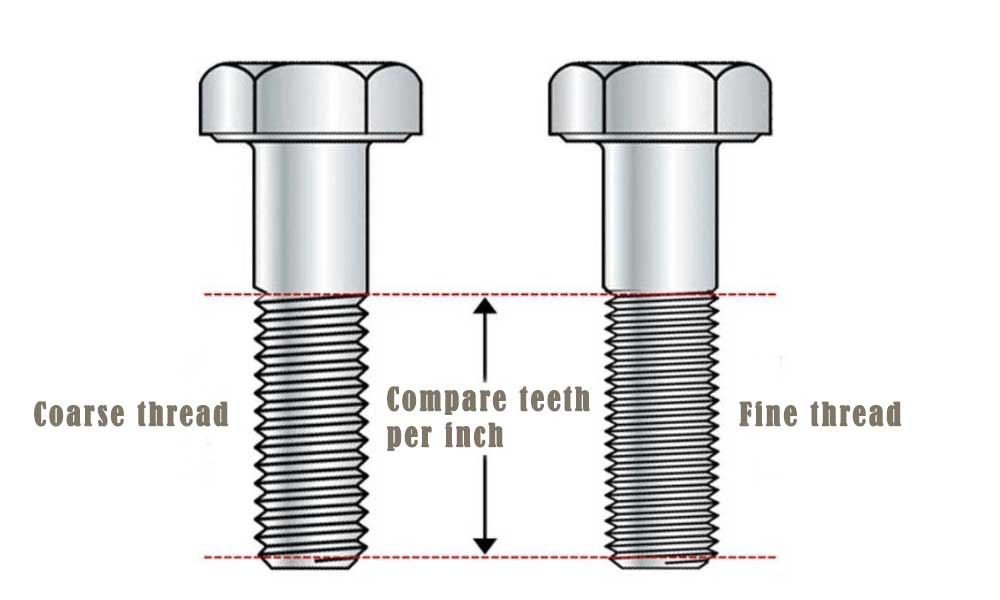
There are many important connecting parts on the machine, such as transmission shafts, etc., and most of the bolts have fine threads. If parts are missing during maintenance, some maintenance personnel will use coarse-threaded bolts to replace them, which should be avoided. Because the fine thread bolt has a large inner diameter, small pitch and outer angle, high strength, good self-locking performance, and a relatively strong ability to withstand impact, vibration and exchange loads. Once coarse-thread bolts are used instead, they will easily become loose, detached, or broken, and may even cause mechanical accidents.
B. The pores are not matched
The bolts on the machine that bear lateral loads and shear forces, such as drive shaft bolts and flywheel bolts, have a transitional fit with the bolt holes. The assembly should be strong and reliable, and can withstand lateral forces. Some people do not pay attention to inspection during the assembly process and continue to install when there is a large gap between the bolts and the bolt holes. This may easily cause bolt loosening or cutting accidents.
C. Thickening the nut increases connection reliability
Some people mistakenly believe that thickening the nut can increase the number of working turns of the thread and improve the reliability of the connection. But in fact, the thicker the nut, the more uneven the load distribution among the threads, and the easier it is for the coupling to loosen.
D. One mother and many pads
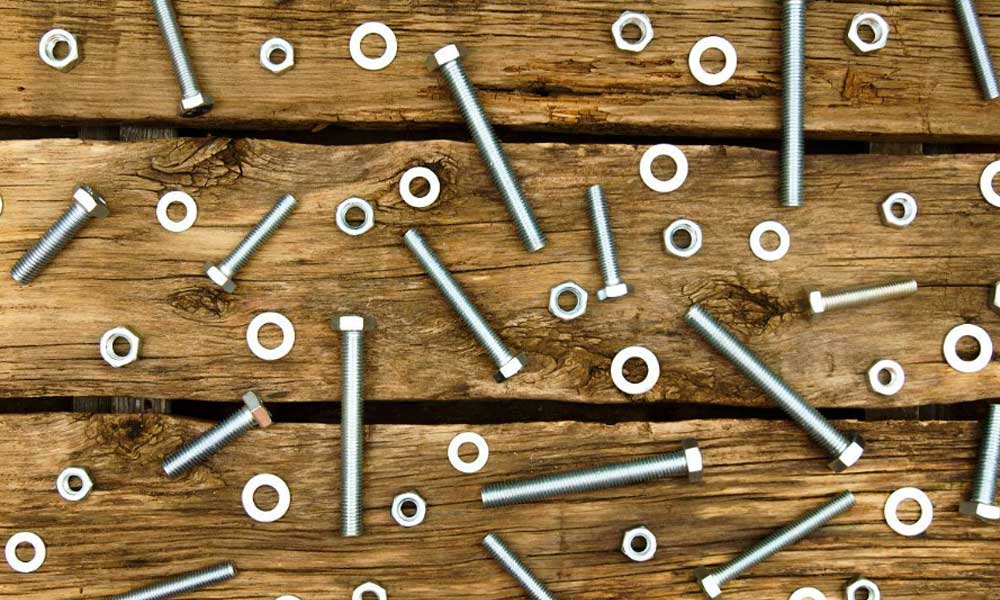
After the installation is completed, sometimes the bolts are too long, so someone installs additional spring washers on the bolts. In this case, the spring washers will break due to uneven force during the strengthening process, thus reducing the predetermined strength of the bolts. The tightening force decreases, and eccentric loads may occur, reducing the reliability of bolt connections.
E. The tighter the screw, the better.
Many workers have the misunderstanding that the bolts should be “tightened rather than loose”, so they deliberately increase the tightening torque, resulting in the bolts slipping. In addition, some important bolts that need to be tightened with torque, but some people use adjustable wrenches to save trouble. As a result, the torque is insufficient, causing the bolts to loosen, and even cause mechanical failure.
F. If the washer is too large, it won’t be a problem
Sometimes there is a lack of washers of suitable size, and some workers will use washers with larger inner diameters instead. In this case, the contact area between the bottom of the bolt head and the washer is small, which will reduce the bearing pressure or locking force of the washer. If the working environment There is vibration and impact in the machine, and the bolts can easily loosen.
G. Inappropriate locking
Important bolts should be locked with anti-loosening devices after assembly is completed. Here are four situations to explain. If a cotter pin is used for locking, do not use an overly thin cotter lock or a half-piece cotter lock; if a spring washer is used for locking, do not use a washer with an opening that is too small; if a locking plate is used for locking, do not lock the locking plate in the The edges and corners of the nut; if double-nut locking is used, the thinner nut must not be installed outside.
H. False solidity
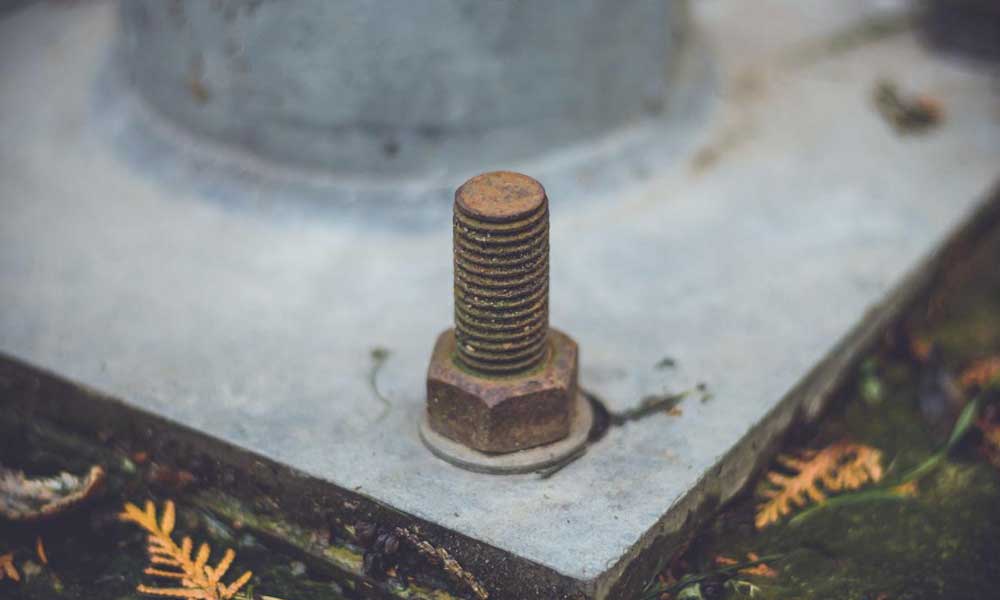
If there is rust on the bolts, nuts or threads, or impurities such as scale, iron filings, etc., they must be cleaned before assembly; burrs, sediment and other impurities on the joint surfaces of the joints must also be removed. Otherwise, when tightening the bolts, it will appear to be tightened on the surface, but in fact the coupling is not really tightened. Under such false solidity, the bolts will loosen quickly if vibration, load impact and temperature changes occur.
2. Principles for selecting fasteners
A. Determine the category
Standard fasteners are divided into ten categories. The selection should be determined according to the usage occasions and functions of the standard fasteners.
a. Bolts:

Bolts are generally matched with nuts (usually plus a washer or two washers) and are used for connection and tightening purposes.
b. Nuts:

Nuts and bolts are used together.
c.Screws:

Screws are usually used alone (sometimes with washers) and generally play a tightening or tightening role.
d.Studs:
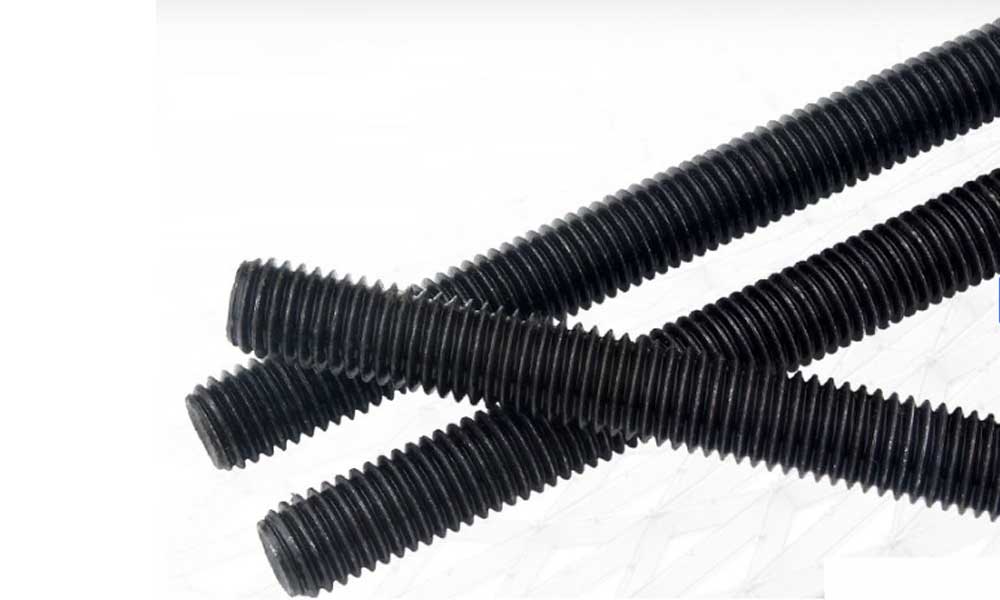
Studs are generally threaded on both ends (single-head studs are threaded on one end). Usually, one end of the thread is screwed firmly into the component body, and the other end matches the nut for connection and tightening. function, but to a large extent it also has a distance function.
e. Washers:
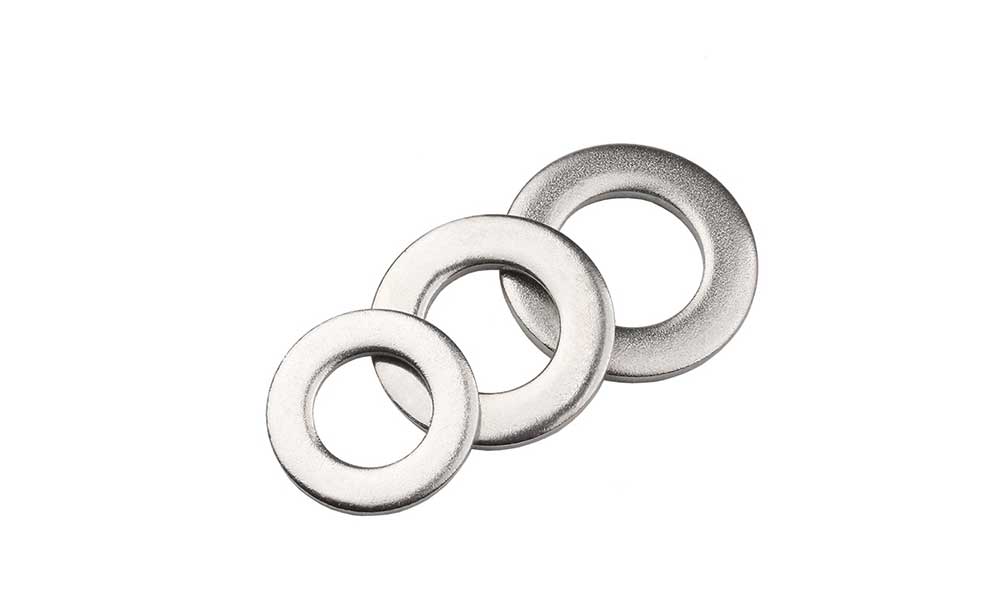
Washers are placed between the supporting surface of bolts, screws, nuts, etc. and the process supporting surface to prevent loosening and reduce the stress on the supporting surface.
f. Self-tapping screws:
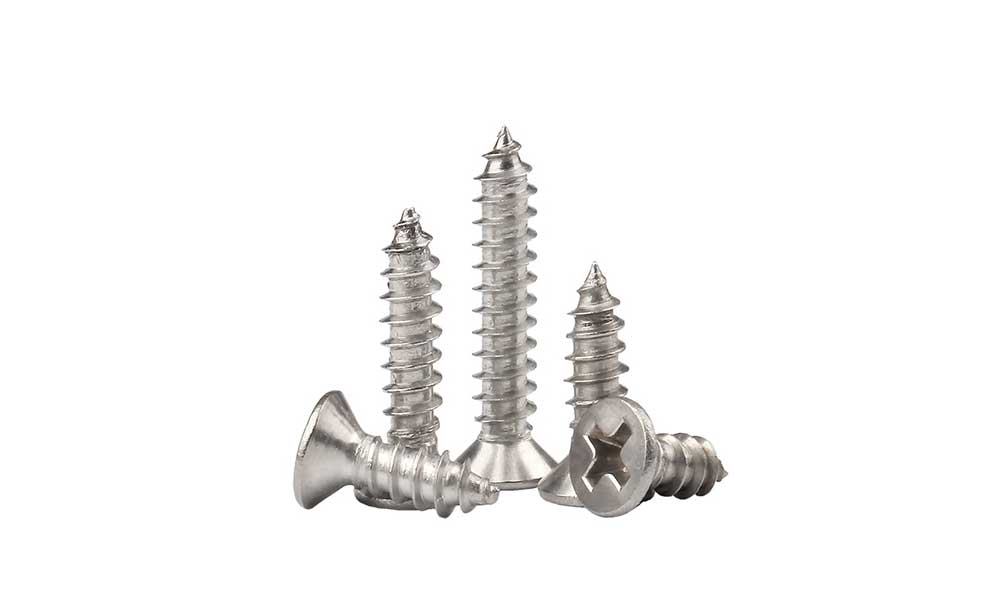
The screw holes of the workpiece that match the self-tapping screws do not need to be tapped in advance. The internal threads are formed while the self-tapping screws are screwed in.
g. Rivets:
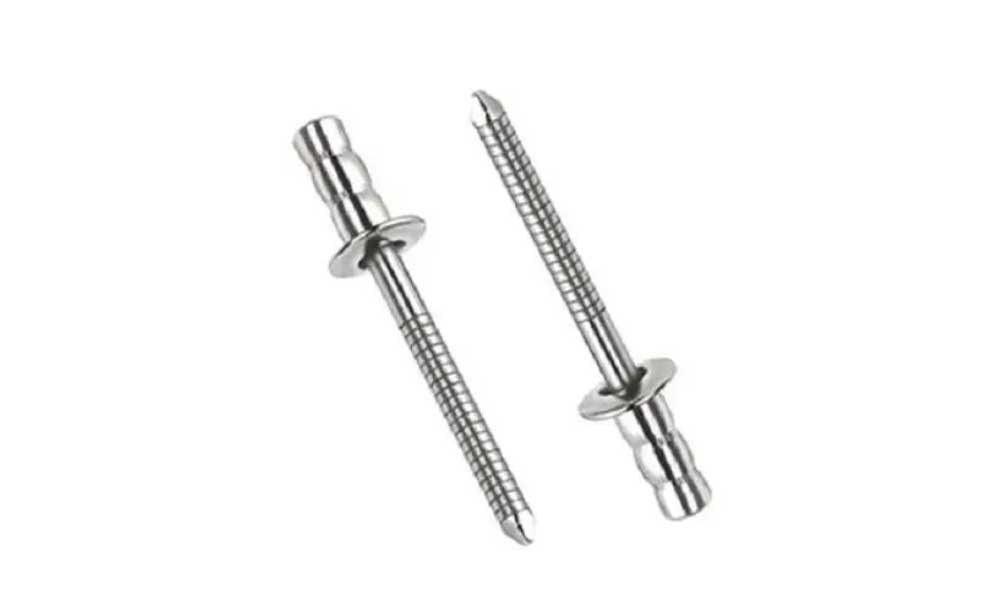
Rivets have a head on one end and no threads on the stem. When in use, insert the rod into the hole of the connected piece, and then rivet the end of the rod to connect or tighten.
h. Pin:

The pin is embedded into the workpiece when used, and usually plays a connecting or positioning role.
i. Back-up ring:
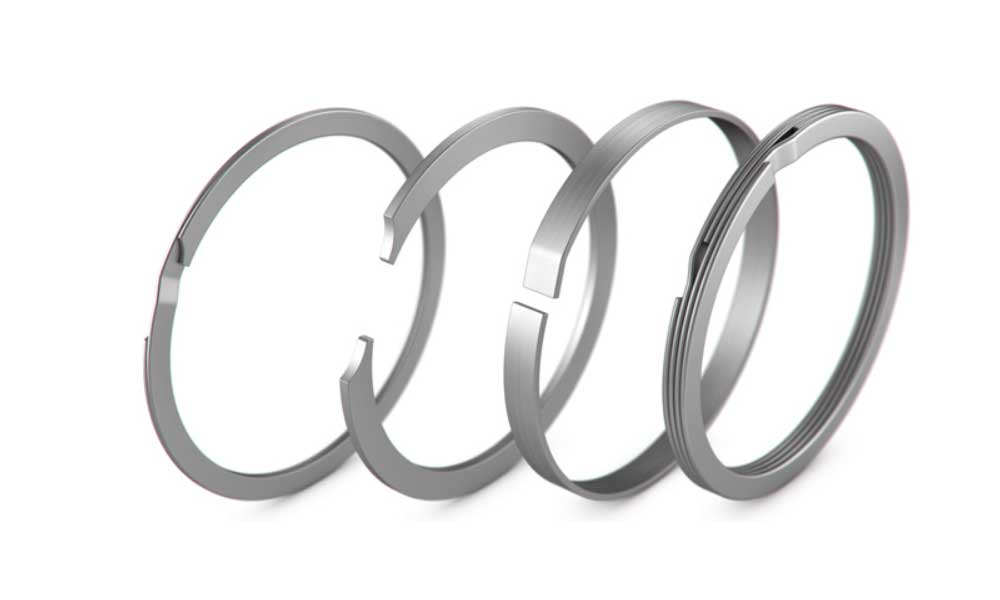
The back-up ring is usually on the shaft or in the hole and plays the role of limiting the axial direction of the workpiece.
j. Wood screws:

Wood screws are used to screw into wood for connection or fastening.
B. Determine standards and varieties
a.Principles for selection of varieties:
⑴ Consider the work efficiency of processing and assembly
From the perspective of processing and assembly efficiency, the number of standard parts used in the same machinery or project should be minimized.
⑵ Economic considerations
From the perspective of economical considerations, priority should be given to the use of commercial standard parts.
⑶ Consider the expected use requirements of standard parts
According to the expected use requirements of standard parts, determine the selected varieties in terms of type, mechanical properties, accuracy and thread.
b. Type:
⑴ Bolt:
① General purpose bolts:
There are many varieties, including hexagonal heads and square heads. See national standards GB5780-GB5790, etc.
② Bolts for reamed holes:
When using, insert the bolts tightly into the reamed holes to prevent the workpiece from being dislocated, see GB27, etc.
③ Anti-rotation bolts:
There are square neck and vertebrae, see GB12-15, etc.
④ Special purpose bolts:
such as T-slot bolts, see GB37; articulated bolts, see GB798; anchor bolts, see GB799, etc.
⑤ High-strength bolt connection pair for steel structures:
generally used in friction-type connections of steel structures such as buildings, bridges, towers, pipe supports, and hoisting machinery, see GB3632, etc.
⑵ Nut:
① General purpose nuts:
mainly refer to hexagonal nuts, and there are also square nuts, with many varieties, see GB41, GB6170-6177, etc.
② Slotted nut:
mainly refers to hexagonal slotted nut, that is, the slot is machined above the hexagonal nut. It is used in conjunction with screw hole bolts and cotter pins to prevent relative rotation of bolts and nuts, see GB6178-6181, etc.
③ Lock nut:
refers to a nut with locking function, including nylon insert hexagonal lock nut, see GB889, GB6182, GB6183 and all-metal hexagonal lock nut, see GB6184-6187.
④ Special purpose nuts:
such as dish nuts, see GB62; ring nuts, see GB63; cap nuts, see GB802, GB923; knurled nuts, see GB806, GB807 and embedded nuts, see GB809, etc.
⑶ Screws:
① Machine screws:
They are divided into many varieties due to different head shapes and groove types. The head types include cylindrical head, pan head, countersunk head and semi-countersunk head, and the head shapes are slotted (one-shaped material) and cross-slotted. See GB65, GB67-69 and GB818-820, etc.
② Set screw:
The set screw uses its tail end to prevent mutual displacement between workpieces and transmit less torque. See GB71, GB73-75, GB77, GB78, etc.
③ Hexagon socket head screws:
Hexagon socket head screws are suitable for occasions where the installation space is small or the screw head needs to be buried. , see GB70, GB6190, GB6191 and GB2672-2674, etc.
④ Special purpose screws:
such as positioning screws, see GB72, GB828, GB829; non-detachment screws, see GB827-839, GB948, GB948 and eye screws, see GB825, etc.
⑷ Stud:
① Unequal length double-headed studs:
suitable for situations where one end is screwed into the body of the component for connection or fastening. See GB897-900, etc.
② Equal-length double-headed studs:
suitable for matching the connecting end with the nut to serve as a connection or distance. See GB901, GB953, etc.
⑸ Washer:
① Flat washer:
used to overcome the uneven supporting surface of the workpiece and increase the stress area of the supporting surface. See GB848, GB95-97 and GB5287.
② Spring (elastic) washers:
spring washers see GB93, GB859, etc., elastic washers see GB860, GB955, etc.
③ Stop washers:
There are internal tooth lock washers, see GB861; external tooth lock washers, see GB862; single-ear stop washers, see GB854; double-ear stop washers, see GB855; round nut stop washers, see GB858 wait.
④ Inclined washers:
In order to adapt to the slope of the workpiece support surface, inclined washers can be used. Use square inclined washers for I-beams, see GB852; use square inclined washers for channel steel, see GB853.
⑹ Self-tapping screws:
① Ordinary self-tapping screws:
The thread complies with GB5280 (thread for self-tapping screws), has a large pitch, and is suitable for use on thin steel plates or copper, aluminum, and plastics. See GB845-847, GB5282-5284, etc.
② Self-tapping locking screws:
The threads conform to ordinary metric coarse threads and are suitable for use in situations where vibration resistance is required. See GB6560-6564.
⑺ Rivets:
① Hot-forged rivets:
generally have larger specifications and are mostly used in locomotives, ships, boilers, etc. The head is usually formed by hot forging. See GB863-866.
② Cold heading forming rivets:
The general diameter specification is ≤16mm, and the head is usually formed by cold heading. See GB867-870, GB109, etc.
③ Hollow and semi-hollow rivets:
Hollow rivets, see GB976; semi-hollow rivets, see GB873-875, etc.
④ Special purpose rivets:
headless rivets, see GB1016; tubular rivets, see GB975; sign rivets, see GB827, etc.
⑤ Core blind rivet:
It is a single-sided rivet. It is a new type of rivet that has been widely used in recent years. It has the characteristics of speed, safety and convenience, and has the advantages of waterproof and anti-leakage.
⑻ Sales:
① Cylindrical pin:
with or without threaded cylindrical pin, see GB119; internally threaded cylindrical pin, see GB120; externally threaded cylindrical pin, see GB878; elastic cylindrical pin, see GB879; with hole cylindrical pin, see GB880, etc.
② Taper pin:
with or without threaded cylindrical pin, see GB117; internally threaded cylindrical pin, see GB118; threaded tail tapered pin, see GB881; open tail tapered pin, see GB877.
③ Cotter pin:
Generally matched with screw hole bolts and slotted nuts to prevent bolts and nuts from loosening. See GB91.
⑼ Retaining ring:
① Retaining ring:
Use elastic retaining ring with holes. See GB893; elastic retaining rings for shafts. See GB894 and open retaining ring for shaft GB896.
② Steel wire retaining ring:
Steel wire retaining ring for holes, see GB895.1; Steel wire retaining ring for shaft, see GB895.2 and steel wire locking ring, see GB921.
③ Locking retaining rings for shafts:
retaining rings locked with tapered pins, see GB883; retaining rings locked with screws, see GB884, GB885, etc.
④ Shaft end retaining ring:
shaft end retaining ring fastened with screws, see GB891 and shaft end retaining ring fastened with bolts, see GB892.
⑽ Wood screws:
They are divided into many varieties due to different head shapes and grooves. The head types include round head, countersunk head, semi-countersunk head, etc. The head groove shape is slotted (slotted) and cross slotted. See GB99-101, GB950-952, etc.
3. Determine specifications
For diameter specifications, try to choose the first series of values. Try not to use the values in brackets in the product standard size table and try not to use the values in the specification table.
Length specifications generally do not adopt specifications other than those specified in product standards. Generally, when bolts or nuts are matched and connected, it is appropriate for the thread end to be exposed for a length of (0.2-0.3) d.
For specifications that match the diameter and length, priority should be given to specifications within the product specification range.





